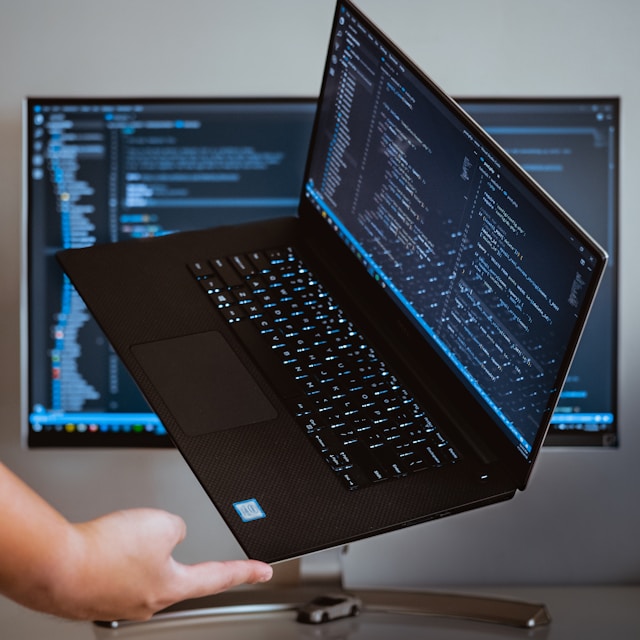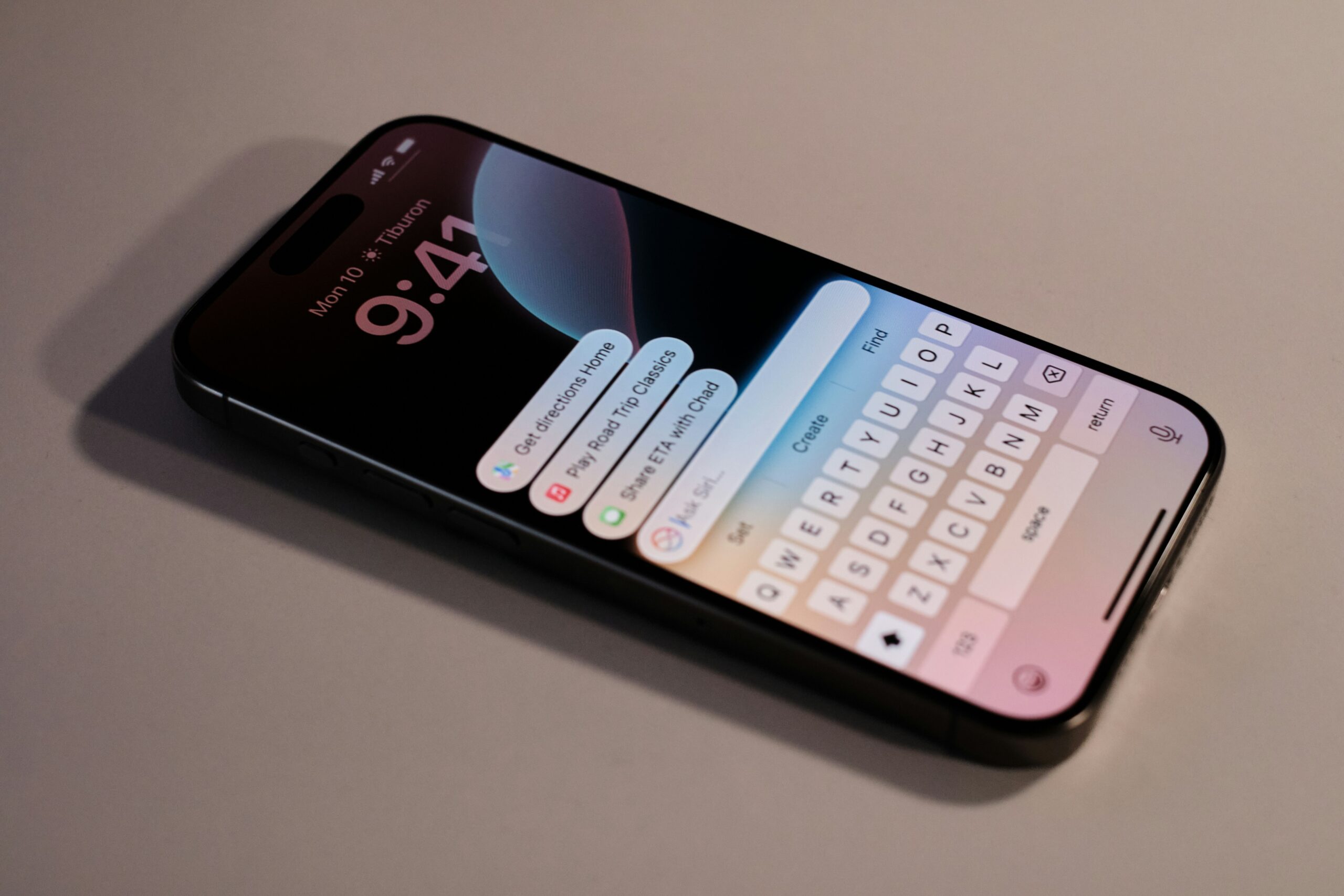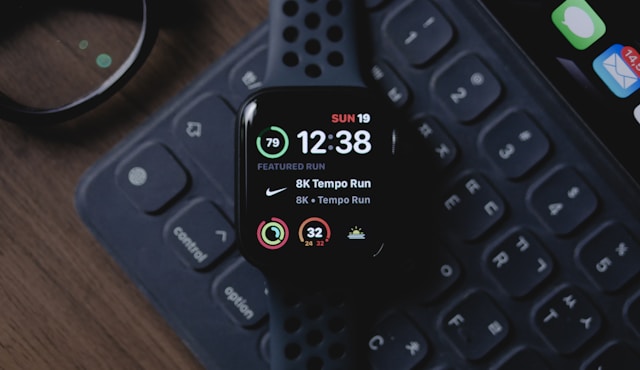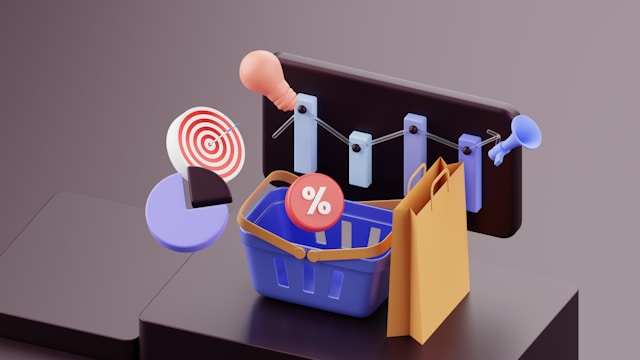Cross-platform app development by Garage2Global promises something every business loves to hear: “write once, run anywhere.” The idea is simple—build a single codebase, and your app works on iOS, Android, and sometimes even the web. In theory, that means faster launches, lower budgets, and smoother updates.
But here’s the truth most promotional pages don’t tell you: cross-platform projects often stumble. Plugins break after updates, performance lags, or compliance audits fail. Even top agencies like Garage2Global aren’t immune.

So in this article, we’ll pull back the curtain. Instead of repeating marketing claims, we’ll analyze real failures of cross-platform app development by Garage2Global, uncover the patterns behind them, and share actionable rescue strategies you can use to protect your own project.
This isn’t a hit piece—it’s a postmortem, packed with lessons that can save you time, money, and sleepless nights.
Why Talk About Failures in Cross-Platform App Development by Garage2Global?
Most case studies showcase shiny success stories. But failure analysis—the messy, behind-the-scenes reality—is far more valuable for founders, CTOs, and product managers.
- Transparency builds trust: Knowing the risks upfront helps clients make better decisions.
- Startups often underestimate complexity, believing cross-platform = shortcut.
- Failure stories are actionable: Success teaches pride, but failure teaches caution.
Garage2Global has delivered successful apps, but looking at where projects struggled gives us the clearest roadmap for avoiding costly mistakes.
Common Failures of Cross-Platform App Development by Garage2Global
1. Hidden Plugin Risks Break Production Apps

Third-party plugins are the backbone of most cross-platform builds. But they’re also fragile. Payments crash after OS updates, camera APIs break, or authentication stops working.
A recent analysis of Garage2Global projects showed that fragile plugins in categories like payments, BLE (Bluetooth), and video streaming caused unexpected downtime.
Lesson: Maintain a plugin risk table, test dependencies in CI pipelines, and always budget time for replacement strategies (native bridges or forks).
2. The Observability Blind Spot

Many cross-platform failures trace back to poor monitoring. Without crash analytics and performance tracing, teams don’t see problems until frustrated users leave one-star reviews.
In one anonymized Garage2Global case, a Flutter app kept crashing after an iOS update—but no alerts were configured. The bug went undetected for weeks, costing thousands in lost revenue.
Lesson: Implement observability from Day 1. Tools like Crashlytics, Sentry, and Datadog should be mandatory, with rules such as “alert if crash rate > 1%.”
3. Performance Bottlenecks Disappoint Users

Garage2Global marketing often highlights “40% cost savings.” But users don’t care about budgets—they care about app experience.
Cold start times, laggy animations, and battery drain are frequent complaints in cross-platform builds. Benchmarks on React Native and Flutter apps reveal memory overheads compared to native apps.
Lesson: Run real benchmarks (cold start, bundle size, memory usage) on target devices before claiming performance parity.
4. UX Drift & Platform Parity Failures

Cross-platform often promises a “native feel.” But users notice subtle differences. A back button works differently, gestures feel off, or typography mismatches the platform.
In Garage2Global projects, these UX drifts caused retention drops of up to 15%. That means fewer returning users—and less revenue.
Lesson: Test UI on real devices, not just emulators. Add UX parity checks to QA pipelines.
5. Migration Traps Inflate Budgets

One of the biggest hidden costs of cross-platform app development by Garage2Global comes when projects migrate—for example, moving from React Native to Flutter.
Budgets balloon as teams rewrite native modules, replace plugins, and rerun QA cycles. What starts as a “quick migration” often doubles in time and cost.
Lesson: Use incremental migration patterns (“add-to-app”) instead of all-or-nothing rewrites.
6. Security & Compliance Failures

Cross-platform apps often fail security audits. In some Garage2Global projects, insecure storage and missing data encryption led to GDPR non-compliance. For enterprise apps, that’s a dealbreaker.
Lesson: Treat compliance (HIPAA, PCI-DSS, GDPR) as first-class requirements—not afterthoughts.
7. Testing Blind Spots

Another recurring failure is incomplete device/OS testing. Garage2Global teams sometimes focus only on flagship devices, but in reality, emerging markets use mid-range phones with older OS versions.
Lesson: Build a device testing matrix of the top 20 devices in your target market. Balance emulator use with real device testing.
Case Snapshots—Where Cross-Platform Projects Struggled
(Anonymized composites for credibility)
- Startup X: budget overrun when native modules had to be rewritten.
- Enterprise Y: The Flutter app crashed after the iOS update due to lack of monitoring.
- E-commerce Z: The payment plugin broke, stalling checkout flows.
Even giants like Airbnb and Shopify faced similar pain—proving these aren’t isolated incidents.
FAQ: Cross-Platform App Development
1. How to develop cross-platform apps?
- Choose a framework (Flutter, React Native, Xamarin, Ionic).
- Set up a single codebase targeting iOS and Android.
- Integrate platform-specific APIs using native modules if needed.
- Test on multiple devices/OS versions.
- Deploy via App Store + Google Play with CI/CD automation.
2. How much does a cross-platform app cost?
- MVP apps: $10,000–$40,000
- Mid-scale apps: $40,000–$100,000
- Enterprise-grade apps: $100,000+
Costs vary based on features, integrations, and long-term maintenance.
3. What are the 7 stages of app development?
- Idea validation & market research
- Requirement analysis & planning
- UI/UX design
- App development (front-end + back-end)
- Testing & QA across devices
- Deployment to app stores
- Maintenance & updates
4. Which language is best for cross-platform app development?
- Dart → for Flutter (fast, flexible, modern UI).
- JavaScript/TypeScript → for React Native (large ecosystem).
- C# → for Xamarin (.NET integration).
The best choice depends on team skills, project scope, and ecosystem support.
You may also like :
Why Gen Z Loves Amateurallrue and Why Brands Should Care
Styleline Stonemeade Living Room Assembly
How to Repair P6 Outdoor LED Display Sign Board Screen (Complete Step-by-Step Guide)



